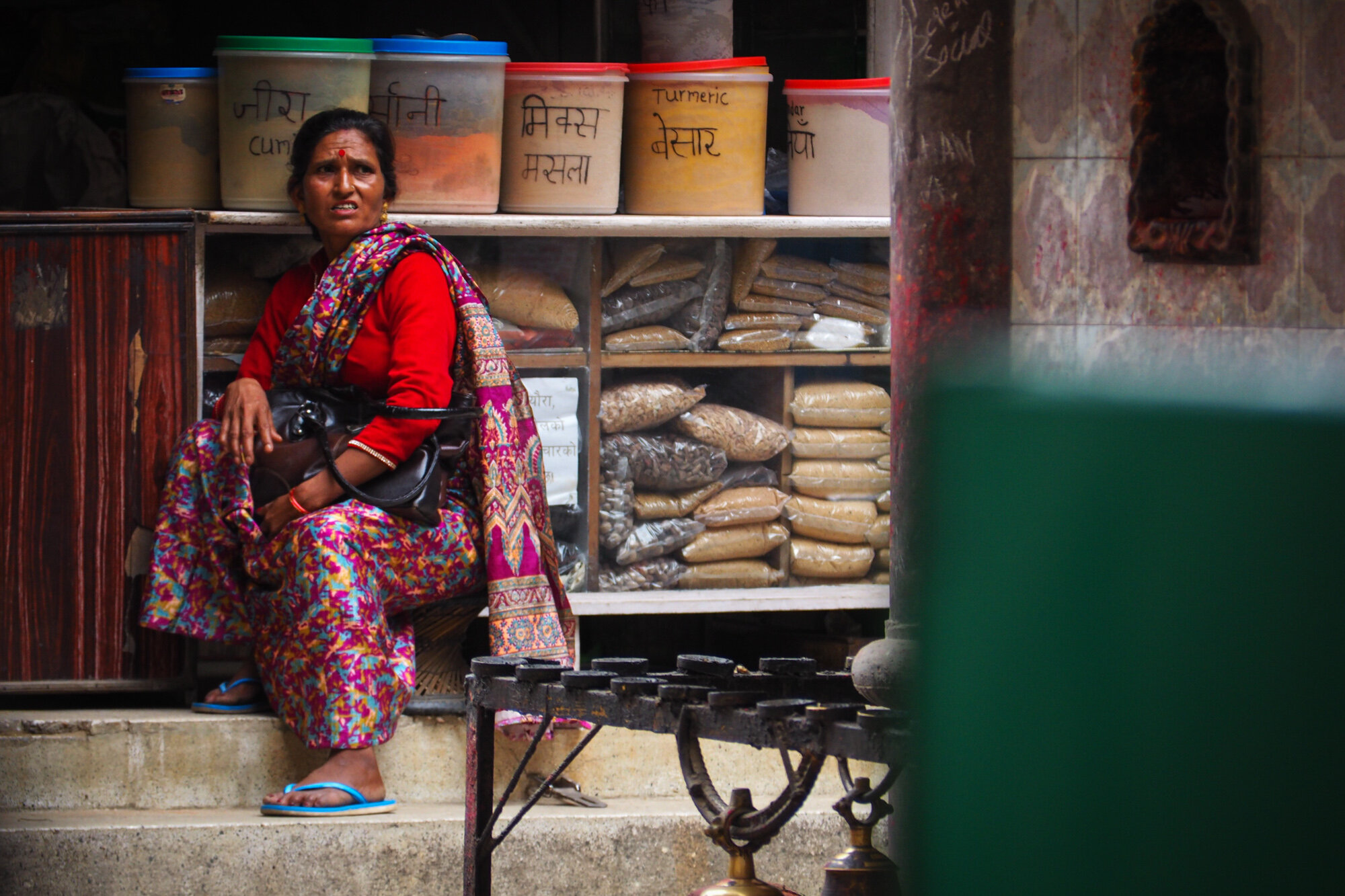
Women in India
Northern and Central India, July 2017
In 2017, I spent 2 months travelling across Northern and Central India, soaking in the scenery and experiencing the culture. During this time, I felt drawn to the lifestyle of the women in certain areas of India. I felt energised to learn about the roles of gender in traditional Indian culture through local men and women. In this process, I found myself with the desire to pull out my camera and visually document this topic of discussion.
A Woman’s Place
Throughout traditional Indian culture, a woman is to be seen with consistent modesty in her daily attire, from her early morning wash fully clothed in the river Ganges to the comfort of her own home.
Locals take a morning wash in the holy waters Varanasi’s Ganges.
Two ladies fully clothed and washing together in the Ganges of Varanasi
If a woman is married, it is custom to wear a Sari that covers the knees, shoulders and sometimes head. On some occasions, such as cooking and speaking to her father-in-law, she will have her face covered with a Sari as a sign of respect to the man of the house.
Two women in the streets of Pushkar, Rajasthan
In the lanes of Delhi’s spice market, a lady watches over a spice stand.
Bobbie
Along my journey of connecting and learning from people, I met a courageous woman named Bobbie.
As commonly practised, Bobbie had an arranged marriage. She met her husband for a first date the day before their wedding. They are now living in central India along with their two young and healthy daughters. Bobbie explained that having daughters can be seen as unacceptable because they are thought to be unable to provide in the same way as men to the family. She continued to say that on some occasions, a newborn girl would be abandoned in the fields for the wild dogs to eat.
When Bobbie and her husband married, she approached things differently. She told her husband that if he wanted to be fed and sleep under the same roof, he must treat her equally. They later made to decision to move away from their families so Bobbie could start her small independent business. Bobbie embarked on a uniquely unconventional way of living. She now runs an ornament shop, while her husband acts as a ‘stay-at-home father’ to the children.
Bobbie sat outside her ornament shop
As an aim to spread awareness towards women’s vast capabilities in Indian culture, Bobbie is using her business to create awareness whilst also networking with other hard-working women around the country. Bobbie has also decided to donate a portion of her daily profits towards charities that are supporting women’s working rights.
A visual notice board proudly mounted in Bobbie’s shop displaying images of working women around India who are connected with charities she is involved with.
Effects of Tourism:
Through conversations with people such as Bobbie, my attention was caught by the effects tourism is having on society in India. As female tourists come over to India, they demonstrate their independence to work and live freely in their decision-making. Women such as Bobbie have found themselves encouraged by other cultures they are exposed to through tourism, encouraged to be bold and navigate their own lives.






